Did you know that crop rotation is an important part of sustainable agriculture?
It’s a practice that helps to prevent soil depletion and maintain the fertility of the soil.
In this article, we’ll discuss what crop rotations are, why they are important, and some tips for implementing them in your own garden.
So read on to learn more!
What is crop rotation
Crop rotation is the practice of growing different types of crops in the same land in sequential growing seasons.
This helps to replenish nutrients in the soil that may have been depleted by previous crops, and can also help to control pests and plant diseases.
Crop rotation is an important part of sustainable agriculture and is vital to the long-term health of our food supply.
What are the benefits of crop rotation?
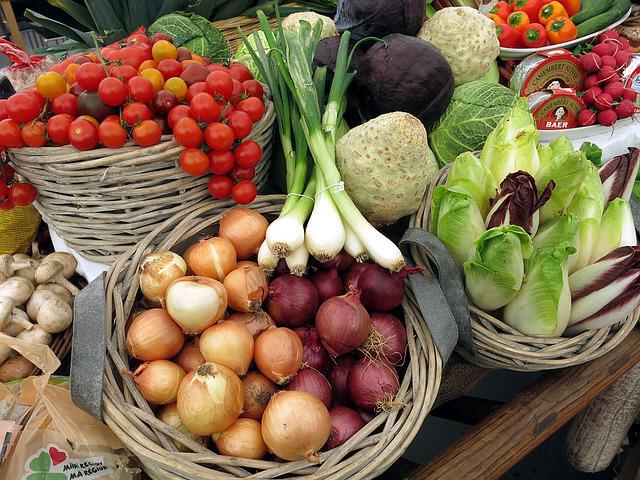
These are 11 benefits of crop rotation:
1. Improve your soil health by replenishing and distributing the nutrients in the soil evenly and preventing depletion and reducing erosion.
For example, crops that fix nitrogen from the air, such as beans and peas, add nitrogen to the soil.
When these crops are rotated with other crops that require nitrogen, such as corn and wheat, the nitrogen is used more efficiently by the plants.
Besides, there is an increase of soil organic matter because of the different plants and roots that are added each year.
2. Avoid the build-up of pests and diseases that are common when the same crops are grown in the same place year after year.
When you do crop rotations, you break the pest and disease cycles because a variety of crops are not susceptible to the same pests and diseases.
3. Save money by reducing the need for fertilizers, pesticides, and other inputs.

When you rotate your crops, you can often reduce or eliminate the need for fertilizers, pesticides, and other inputs. This can save you money and help to reduce your environmental impact.
4. Improve the yield and quality of your crops.
Rotating crops can help to improve the yield and quality of your crops by providing the plants with the nutrients they need to thrive.
5. Promote biodiversity and a healthy ecosystem by growing a variety of crops.
Crop rotation increases the number of different species in an area and can help to create a more balanced and healthy ecosystem.
Attracting the right bugs and animals to your garden can help to control pests and diseases naturally.
6. Improve the health of your plants because you will have a more fertile environment to grow in.
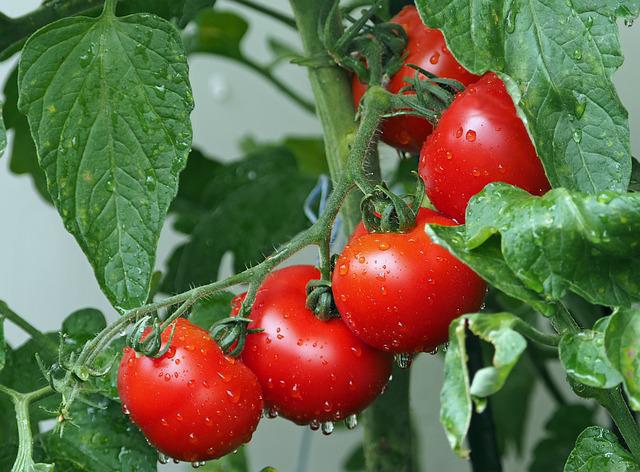
Crop rotation can have a profound impact on the health of your plants.
By rotating your crops, you will create a more fertile environment for them to grow in. This, in turn, will lead to healthier plants that are more resistant to pests and diseases.
7. Increases water infiltration and drainage because of the different root structures of each crop.
This means that you will have less water runoff and erosion.
8. Fallow Fields Periods Shorten
When you rotate your crops, the fallow (resting) period between cropping cycles can be shortened. This means that you can grow more crops in the same amount of space over time.
9. Helps to control weeds because different crops have different weed pressures.
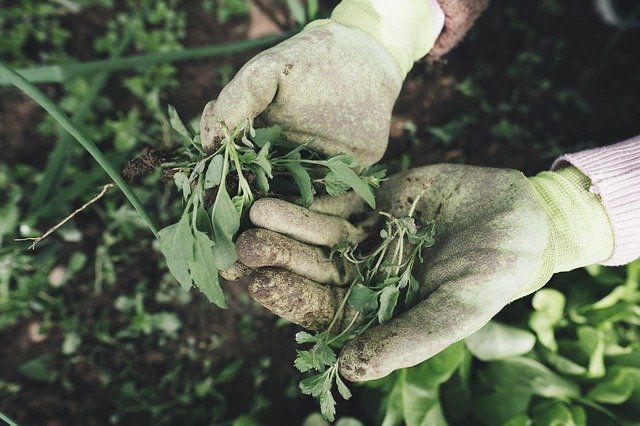
Weeds are less likely to become a problem if you rotate your crops because they will not have the opportunity to build up in the same area.
10. Crop rotation can help to minimize greenhouse gas emissions by sequestering carbon in the soil.
When you rotate your crops, the different plants and roots add carbon to the soil. This helps to have carbon sequestration in the soil and can help reducing greenhouse gas emissions.
11. It can help you to plan and organize your garden in a more efficient way.
When you know what crops you will be planting in each area, you can plan and organize your garden more efficiently. This can save you time and money in the long run.
12. Improve the visual appeal of your garden or farm by growing a variety of crops.
Crop rotation can add interest and beauty to your garden or farm.
Types of crop Rotation
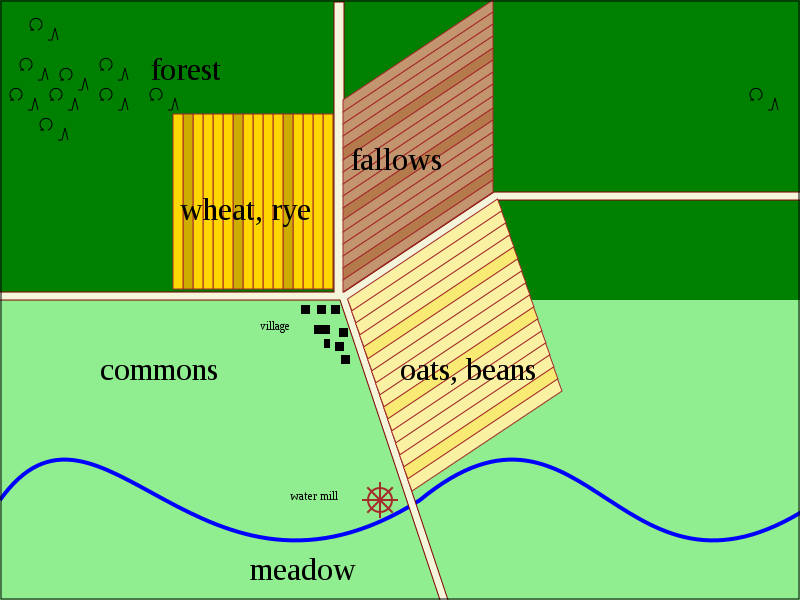
There are many different types of crop rotation, but the most common type is called “Three Field Crop Rotation.”
In this type of rotation, three different crops are grown in sequence over three years.
For example, you might grow wheat in year one, followed by soybeans in year two, and then corn in year three.
After the third year, the cycle would start over again with wheat.
There is also a one year rotation plan where a variety of crops are grown in the same field each year.
The most common type of one year crop rotation is growing wheat in the first year, followed by soybeans, then corn, and finally cotton.
A more complex type of crop rotation is called “Multiple Field Crop Rotation.”
In this system, multiple crops are grown in the same field, but they are rotated on a yearly basis.
For example, you might grow wheat, soybeans, and corn in the first year, followed by cotton, peanuts, and rice in the second year.
This type of rotation is often used in large commercial farms.
How to rotate crops in your vegetable garden
Now that you know why crop rotations are important, you might be wondering how to go about implementing them in your own garden.
Here are some tips:
– Plan out your rotation in advance so that you can be sure to plant the right crops in the right order.
The right order for crop rotations is as follows:
Legumes -> Root crops -> Fruiting crops -> Leafy crops -> Legumes
Legumes such as peas and beans improve soil fertility, while deep-rooted plants like carrots help to break up compacted soils.
Fruiting crops like tomatoes and cucumbers, as well as leafy greens, are heavy feeders that require lots of nutrients.
– Use a 3 or 4 year crop rotation schedule so that you can rotate your crops effectively.
An example of a good rotation plan would be:
- Planting peas in the first year,
- followed by carrots in the second year,
- plant tomatoes in the third year,
- and lettuce in the fourth year.
– Choose a variety of crops to rotate, including annuals, perennials, vegetables, and grains.
This will help to ensure that your soil health and fertility increases in the years to come.
– Avoid planting the same crop in the same spot more than once every three to four years.
This will help to prevent nutrient depletion and the build-up of pests and diseases.
– Use cover crops or green manures to replenish nutrients in the soil between growing seasons.
Cover crops are plants that are grown to protect and improve the quality of the soil.
Green manures are plants that are grown and then turned into the soil to improve its fertility.
Both cover crops and green manures are practices that can help to improve the soil health and provide nutrients for future crops.
– Add organic matter to your soil regularly.
Organic matter such as compost, leaves, and grass clippings help to improve the structure of the soil and add essential nutrients.
– Consider using companion planting to help with pest control and disease resistance.
Companion planting is the practice of growing certain plants next to each other in order to benefit from their interactions.
For example, planting marigolds next to tomatoes can help to deter pests, and planting nasturtiums next to cabbage can help to prevent disease.
– Keep detailed records of what you plant where so that you can remember what goes where in future years.
This will help you to keep track of your crop rotations and make sure that you are rotating your crops effectively.
Crop rotation is a vital part of organic gardening and is something that all gardeners should be doing to keep their soil healthy and productive.
By following these tips, you can be sure to rotation your crops effectively and improve the overall health of your garden.
How to make crop rotations work for your farm
When it comes to crop rotation practices, there are a few key things to keep in mind in order to make it work for your farm.
First, as with the vegetable gardens it’s important to have a plan.
You need to know what crops you will be planting and when, in order to make sure that each different crop is getting the right amount of time in each section of your field.
Second, you need to be mindful of what kind of crops you are planting next to each other. Some crops do well together, while others can have a negative impact on each other’s growth.
Finally, you need to be prepared to make adjustments to your plan as needed. Things like weather and pests can impact your crop rotations, so it’s important to be flexible.
A very common crop rotation system used in farms is the Norfolk System:
1st year: wheat
2nd year: turnips
3rd year: barley or oats
4th year: fallow (no crop planted) or ryegrass or clover
So you can divide your farm in four different fields and each field will have a different crop each year.
The future of crop rotations: organic farming and beyond
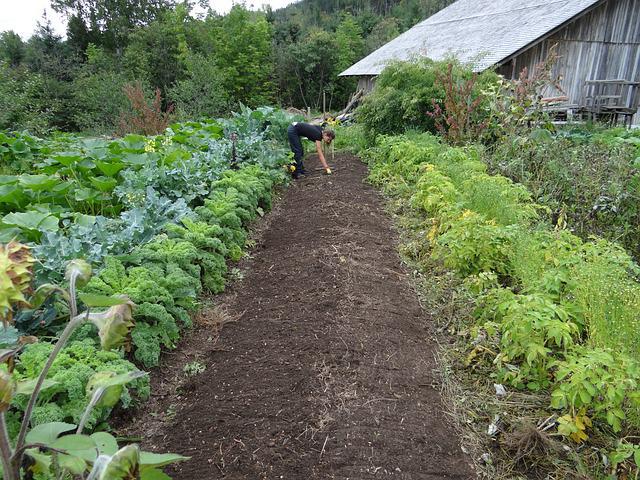
As we move into the future, organic farmers are increasingly adopting crop rotation as a way to reduce their reliance on synthetic fertilizers.
Beyond that, some researchers are exploring even more innovative ways to use crop rotations to improve soil health and yield, such as planting “cover crops” that can help to suppress weeds and reduce soil erosion.
As our understanding of agroecology continues to evolve, it is likely that crop rotation will play an even more important role in sustainable agriculture.
Frequently Asked Questions:
How often should I rotate my crops?
The answer to this question depends on a number of factors, including the type of crops you are growing and the climate in your area.
In general, it is recommended to rotate your crops every 3-4 years.
What crops should I plant together?
The answer to this question also depends on a number of factors, including the climate in your area, soil type and which crops you are growing.
You can talk to your local extension agent or agricultural consultant to get specific recommendations for your farm.
Conclusion
Crop rotation is an important tool for sustainable agriculture, and it can be used in a variety of ways to improve the health of your farm soil.
By following the tips we’ve provided, you can make crop rotation work for your home garden or farm and help to increase yields while reducing your reliance on synthetic fertilizers.
As our understanding of agroecology continues to evolve, crop rotation will play an even more important role in sustainable agriculture.
If you have any further questions, please feel free to ask in the comments down below and don’t forget to share this article with your fellow farmers!



